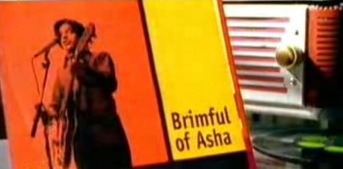Post on LiveJournal blog in which student referred to administrators by a derogatory name and was intended to incite anger in administration was justification for disqualifying student from participating in upcoming election of class officers.
Doninger v. Niehoff, — F.3d —-, 2008 WL 2220680 (2nd Cir. May 29, 2008)
Toward the end of Avery Doninger’s junior year in high school in 2007, she became quite involved in planning the upcoming “Jamfest,” a battle of the bands held at her high school. After learning that school administrators were likely to postpone Jamfest, Avery collaborated with some of her classmates to raise attention concerning the postponement and to pressure the school administrators to rethink the schedule.
One of Avery’s pressure tactics was to post an entry to her LiveJournal blog in which she referred to the school administrators as “douchebags” and encouraged others to contact the school principal to “piss her off” more. Eventually, administrators discovered the blog post and decided that Avery should not be permitted to run for Senior Class Secretary.

So her mother as guardian and next friend sued the school district alleging violation of Avery’s first amendment rights. She sought injunctive relief, asking the court to either redo the election or give Avery all the rights and privileges of the student that was duly elected as class secretary. The district court denied the preliminary injunction. Avery’s mother sought review with the U.S. Court of Appeals for the Second Circuit. On appeal, the court affirmed the denial of the preliminary injunction.
The Second Circuit held that the district court did not abuse its discretion in denying the motion for preliminary injunction, though the appellate court’s analysis was a bit different. Applying the standard in the seminal Tinker case (Tinker v. Des Moines Indep. Cmty. Sch. Dist., 393 U.S. 503 (1969)), the court held that keeping Avery out of the election was permissible. The blog post created a reasonably foreseeable risk of substantial disruption within the school.
The case is unique in that it did not deal with content created at school or under the auspices of the classroom, but rather was created on Avery’s personal time, outside of school, on her own computer. But the “off-campus character” of the posting did “not necessarily insulate [Avery] from school discipline.”
The court found it was reasonably foreseeable that Avery’s post would reach school property because the content directly pertained to school events, its intent was to get students to read and respond, and Avery knew school community members were likely to read the post. Moreover, on the point of substantial disruption, the post contained offensive language, was misleading, and did not comport with the standard of conduct expected of a school government participant.
Other coverage:



